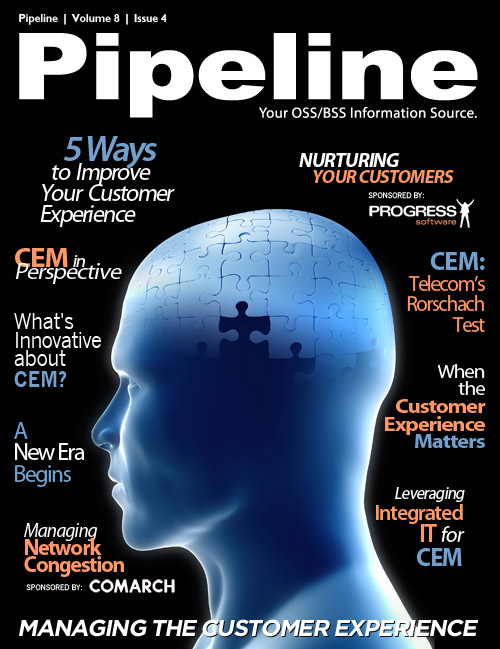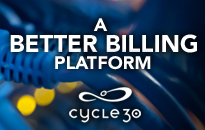By: Rajeev Tankha

The wireless world is buzzing with the proliferation of exciting new smartphones, tablets, and
applications while next-generation network technology is completely changing what we can do with
mobile devices. Consumers can watch movies, shop, and perform important work functions from
their phone. Just as importantly, more and more consumers are bundling their services – combining
cable, mobile, and fixed-line Internet onto one bill.
But as we continue to delve deeper into our new technological capabilities, it is easy for
communications service providers (CSPs) to neglect some of the fundamental business
aspects that lead to success in an increasingly competitive marketplace. A 2010 Oracle survey,
titled “Opportunity Calling: The Future of Mobile Communications”, found that 85 percent of
mobile users rated service reliability as the most important quality in their mobile service provider
and 77 percent expressed a willingness to switch to another carrier for better pricing. This indicates
that shiny new devices and cool features don’t mean much if reliability and price don’t meet
the mark. Customer service is still vital to CSP competitiveness as optimal customer experience
management will lead to lower customer churn, minimal order fall out, and enhanced revenue.
Reducing Order-Cycle Times
Customer experience management in the wireless sphere goes well beyond taking calls and having
customer service representatives answer questions. It encompasses the entire order to cash process,
which is complex and includes a variety of potential technical complications. As such, order
management is critical to a service provider, as the ability to accurately capture, execute, and process
an order and properly bill a customer is the first impression a CSP generally makes on its customers.


The order-to-cash process starts the moment a potential customer considers purchasing one or
more services from a CSP. In order to learn about the service provider’s offers and possible
promotions, a potential customer is likely to log onto a CSP’s Web site, venture into a retail store,
or call a customer service representative. But for many CSPs, trouble can already loom here. For
instance, many service provider Web sites lack self-service capabilities, particularly for business or
enterprise customers. Want to revise a service or add new people to a plan? Many times consumers
will have to call a sales representative or go into a store. When it comes to the in-store experience,
the average handling time for a new customer transaction can be as long as 42 minutes. Why is
this? Because in-store sales representatives often must input customer data into as many as 10
systems. This is inefficient and can leave a negative impression on a consumer, even before they
have activated a new service.
Once a customer orders a product, the customer experience is far from over. It is imperative the
order is processed and fulfilled accurately, quickly, and cost effectively. But this step is far more
difficult than one would think. Many CSPs using legacy order management systems will have
customer information scattered across as many as three retail databases and five corporate databases.
With scattered customer information, it is easy to miss important order fulfillment tasks.











